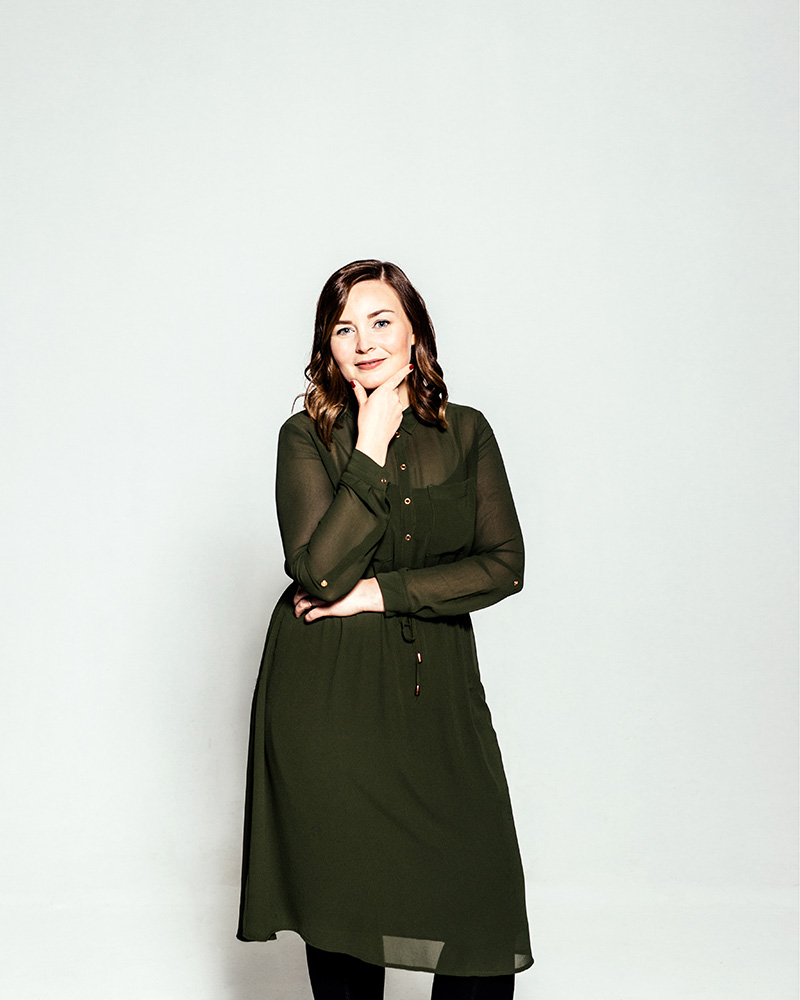The Data Handbook
How to use data to improve your customer journey and get better business outcomes in digital sales. Interviews, use cases, and deep-dives.
Get the bookColumbia Road is known for our community-led organisation – a system where responsibility is assigned based on ownership and experience. A core part of that culture is shared leadership.
An integral part of Columbia Road’s unique community-led organisation is that leadership positions are often shared with two peers. That means that currently, Sirkka-Liisa Rotinen and Eero Martela are both Managing Partners. We also have two General Managers in Finland, Emmi Tervala and Ville Loppinen, and in Sweden, Victoria Berger Blom and Simon Fransson. In this article, they share their experience of sharing leadership.
Why shared leadership?
Since the beginning, we’ve done things a bit differently here at Columbia Road. A key part of that has been building a culture that enables individuals great autonomy hand-in-hand with great responsibility. This has led to our community-led way of organising that is founded on the pillars of trust, transparency and shared goals. Roadies are trusted to take full responsibility for their work and decisions. And as we like to say, a community-led organisation needs no managers.
Being community-led doesn’t mean that there aren’t structures in place. To ensure that we are moving together in the same direction and to ensure the well-being of Roadies, leadership is needed. We’ve found shared leadership to be a model that works well with our overall culture and low-hierarchy approach.
Shared leadership has many benefits. For one, it’s an effective way to distribute knowledge and influence, as well as prevent knowledge from being centralised to one individual.
Having two people in leadership roles reduces bottlenecks but, even more importantly, allows co-leaders to support and spar with each other. Simon says: “The model enables peer-to-peer sparring on strategic matters, which is hard in non-shared leadership, where there is always some level of discrepancy in responsibility. In shared leadership, you are able to spar on tough topics with equal responsibility.”
Shared leadership doesn’t mean that both leaders have identical tasks. Leaders often divide tasks based on strengths and interests, supporting each other where one lacks time, interest or competence.
“Unicorns are quite rare in any organisation, but with two people we can get fairly close,” Sirkka-Liisa says. Eero continues: “On top of that, people often prioritise things they find personally interesting. Because leadership tends to require a 360 approach, important things might be deprioritised. Having two people on top of things helps with that.”

General Managers in Sweden, Victoria Berger Blom and Simon Fransson
From an organisation perspective, shared leadership is a genius way to ensure continuity and manage risks. It makes the organisation stronger in case there are any changes or if one person is away for a longer period of time. “And it also makes it easier for the leader to rest and go on holiday,” Sirkka-Liisa laughs.
It’s important to note that shared leadership, even at its best, should not be confused with consensus in all matters. “At its best, different points of view strengthen leadership as differing options are raised to find the best path forward,” Victoria says. We believe that diversity in leadership can lead to better decisions.
How to make the model work?
Eero highlights that the model is not for every organisation: “Leadership at Columbia Road is very close to our people, and our work is highly collaborative instead of managing people top-down”.
For the model to fit, the most important thing is to have the right two people working together. Eero highlights that it’s wise to choose two people for the role who already know each other well and have experience of working together, to ensure a good match and mutual trust.
Once the pair is right, there are a few key elements to making the model work. Victoria shares: “Shared leadership requires a foundation of trust and transparency as well as a clearly defined division of responsibilities in order to work well.” Emmi continues: “There’s a saying that shared responsibility is no one’s responsibility. Shared leadership also requires communication on who does what.”
For Eero and Sirkka-Liisa that means ongoing conversations daily: “The most complex and often most important problems in leadership are like puzzles, there is so much to take into account. We call each other many times towards the end of a work day and discuss issues that have arisen during the day. Essentially we’re solving the puzzles together.”

General Managers in Finland, Emmi Tervala and Ville Loppinen
Much like the community-led way of organising, shared leadership can require adjustments from the employees. It’s a leadership model many have not been accustomed to, and it can sometimes take time for Roadies to understand who they can turn to in what issue. On the other hand, having multiple people sharing leadership positions allows people to confide in the leaders they feel most comfortable with.
While it’s not for everyone, we have found the model to be highly beneficial for our community-led organisation and culture. Having multiple talented leaders working side by side can truly help us steer the company efficiently with broader perspectives.
The Data Handbook
How to use data to improve your customer journey and get better business outcomes in digital sales. Interviews, use cases, and deep-dives.
Get the book



